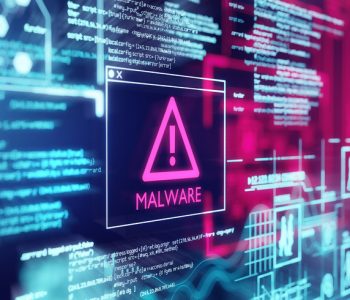 Guides
Guides
Cyber Essentials – Out of the Box
New machines means it’s easy right?
Ok, another post on cyber essentials! I talk about this quite a lot (mainly driven by procurement requirements rather than orgs expressing a deep desire to “have better security” (which is a shame)) however, I want to show people what the real world is like and that meeting cyber essentials is a good thing, but also to look at real world challenges of meeting the standards. In this post we look at some thought provoking questions, then we look at an out of the box Windows and MAC device to see if they meet the standard!
Read more “Cyber Essentials – Out of the Box”








